Our Universe Has Entered Its Sixth And Final Era
Our universe, like everything else, will have its final day. Of course, there's no knowing when exactly that is or if it's something any of us need to concern ourselves with, but it's still a fact that'll catch up to humanity one day.
That day, though not relatively soon, might be sooner than we would like to think, given that we're already in the final era of our universe. Yes, we've arrived, but how long has it been, and how long is there left?
Have you ever wished there was an easier way to unlock your path and purpose? A way to tap into universal wisdom, so you’d know exactly what it is you’re supposed to do?
Use this link to claim your free astrology reading to learn about your true potential and the (many!) astral energies that have been guiding you since the day you were born…
Unmeasurable History
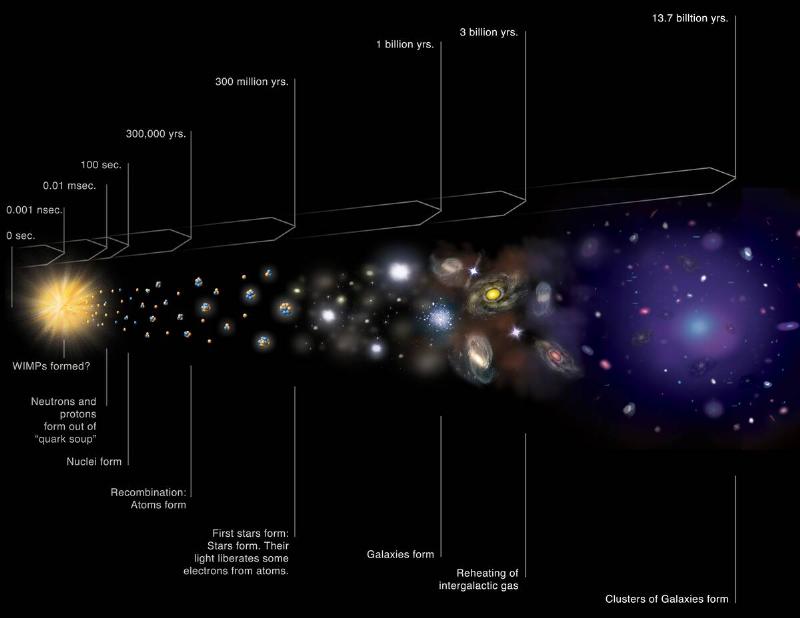
A fact that's hopefully unsurprising to everyone reading this, but just in case you weren't aware...our universe is unbelievably old. It is the beginning of everything, existing before time, let alone before us. We're talking billions upon billions of years, eons upon eons; the length of our universe's lifespan is unfathomable to our human minds.
It makes sense then that, given the ages it's been since it began, the universe has gone through a series of changes. Not even the unknown expanses of space are free from change.
Constant Change
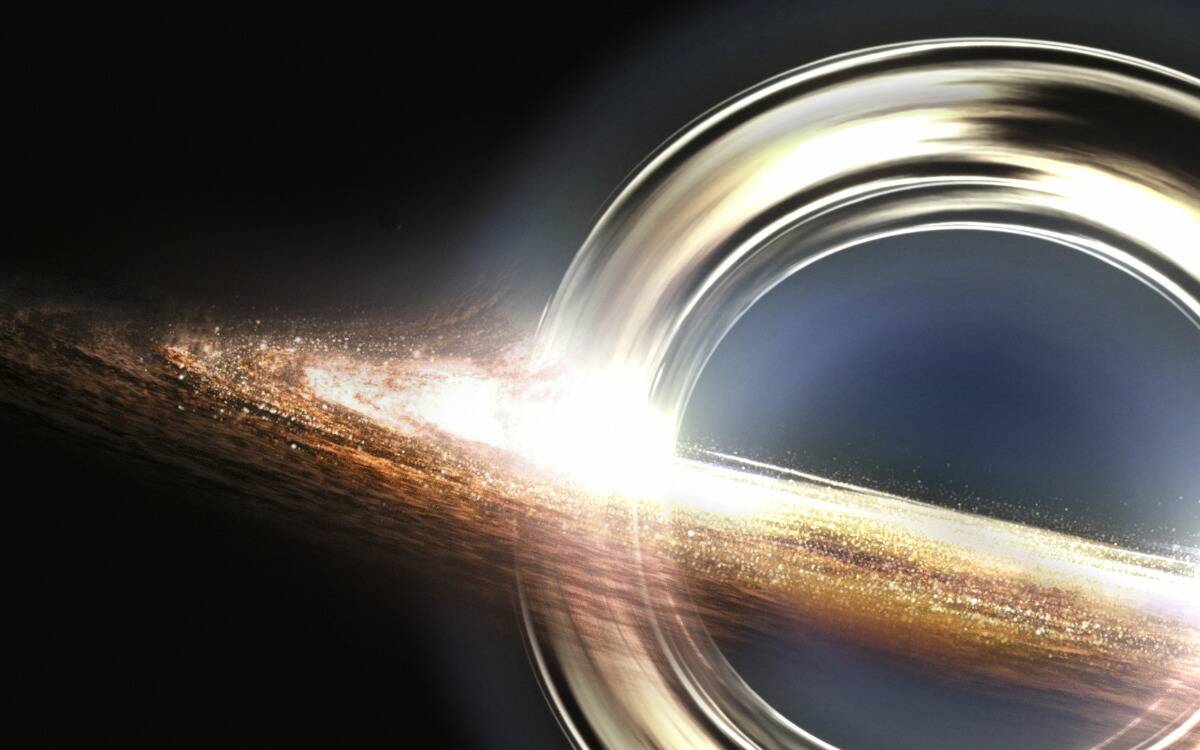
Minute changes are happening every second, with our universe ever-expanding after all, but there are also overarching grand shifts that researchers have recorded and sorted into 'eras.'
These eras change from one to the other because, as the universe grows, the relative importance of things like radiation, matter, neutrinos, and dark energy shift. We can also see differences in temperature and what we'd see when we look up at the sky.
Reaching The End
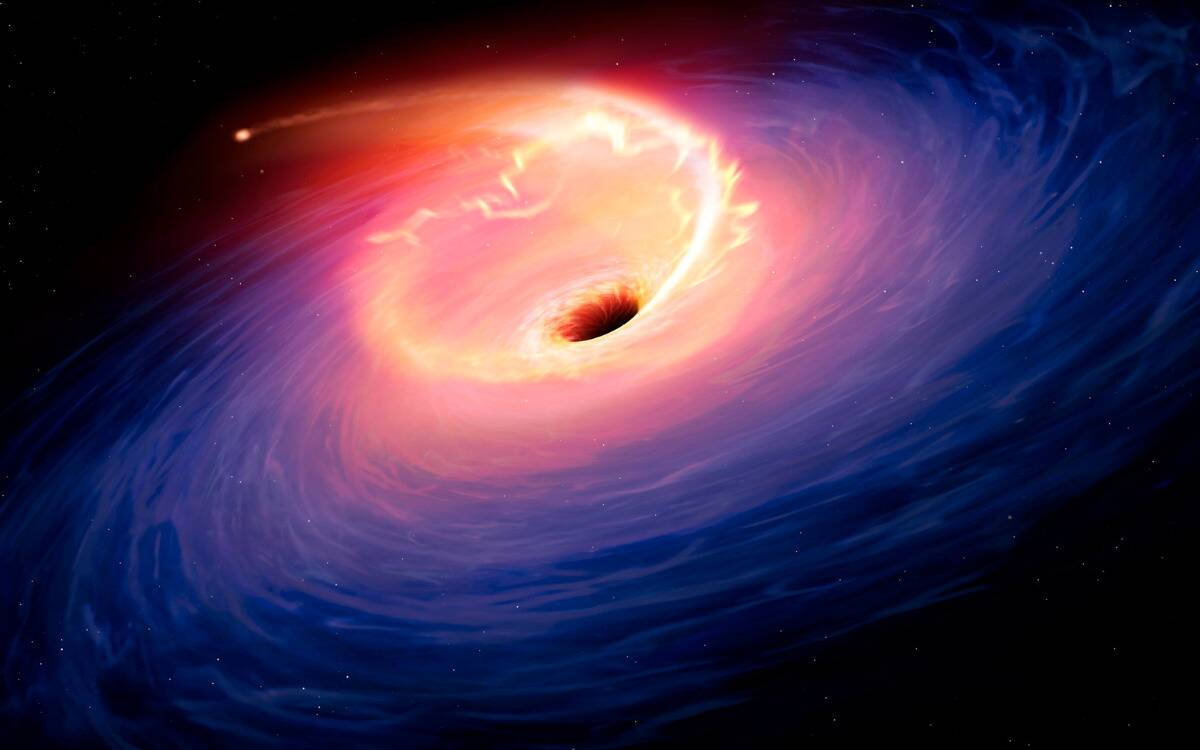
The universe has been growing exponentially ever since its creation. The bigger the universe gets, the cooler it gets. It also becomes less uniform and more 'clumped' as celestial bodies sort themselves into galaxies and solar systems. These variables mean that different forms of matter and energy have had to change how they behave to continue functioning properly. It's this—the interaction between matter and our universe—that's the main dividing factor when it comes to separating these eras.
There are six distinct eras of the universe, and we're already living in the final one.
The Beginning Of It All
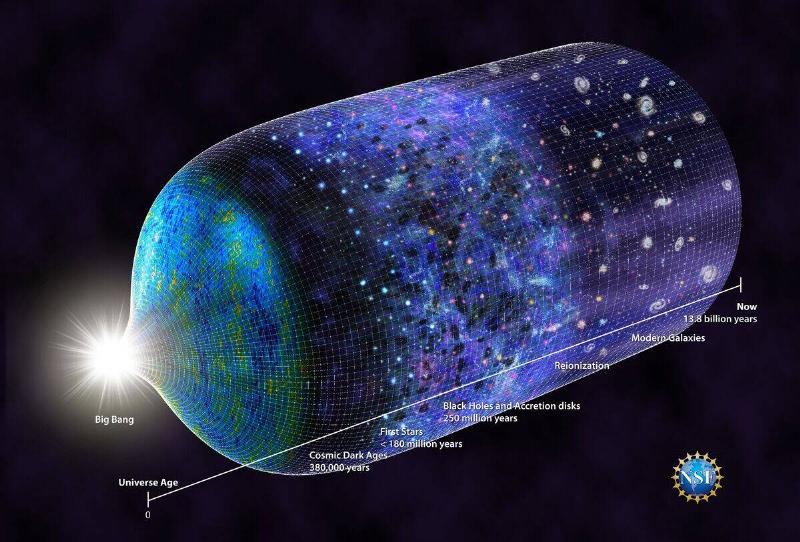
To get a better understanding, let's look at all of the universe's eras to understand how we got here.
1. Inflationary era: The era that preceded and set up the Big Bang.
2. Primordial Soup era: Ranges from the beginning of the Big Bang to the final transformative nuclear and particle interactions in the early universe.
3. Plasma era: Ranges from the end of the non-scattering nuclear and particle interactions until the universe cools enough to form neutral matter.
Closing Us Out
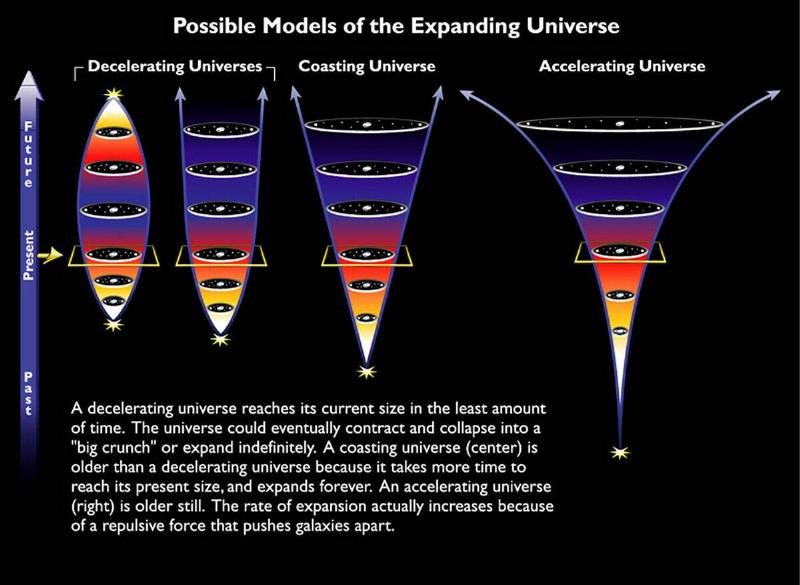
4. Dark Ages era: Ranges from the formation of neutral matter until the first stars and galaxies reionized the 'intergalactic medium' of the universe.
5. Stellar era: Ranges from the end of reionization until the gravity-driven formation of large structures stops. Dark energy density now dominates over matter density.
6. Dark Energy era: This is the final stage of the universe and the one we currently reside in. It's categorized by accelerated expansion and disconnected objects speeding far away from one another.
Gaining The Advantage
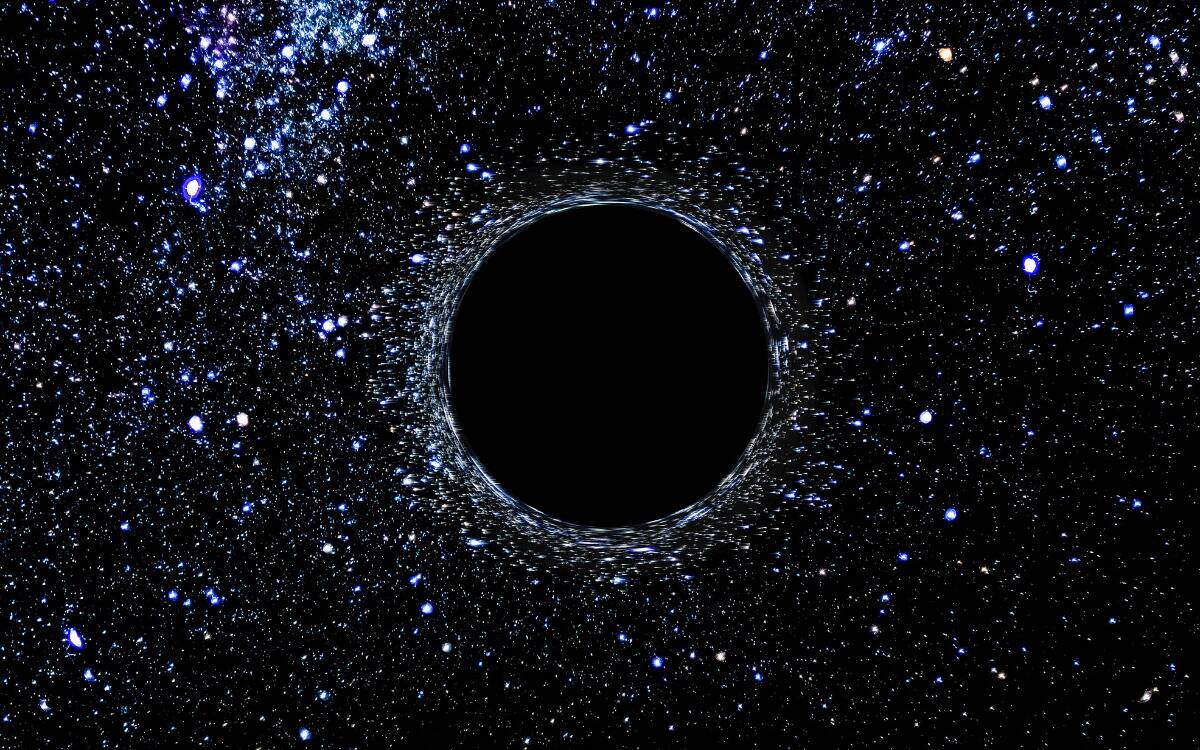
Now, we've already been in this final era for a few billion years now, about six billion to be exact. Most of the defining moments that will shape the history of our universe have already happened long before we got here.
So, our era is called the Dark Energy era because it proceeds dark energy overtaking standard matter in terms of universe contents. Once it took over, large-scale structures stopped growing. Objects that weren't gravitationally connected to something else began pushing away from each other at rapid speeds and are now never able to gravitationally connect to anything for as long as they remain moving.
Going Dark
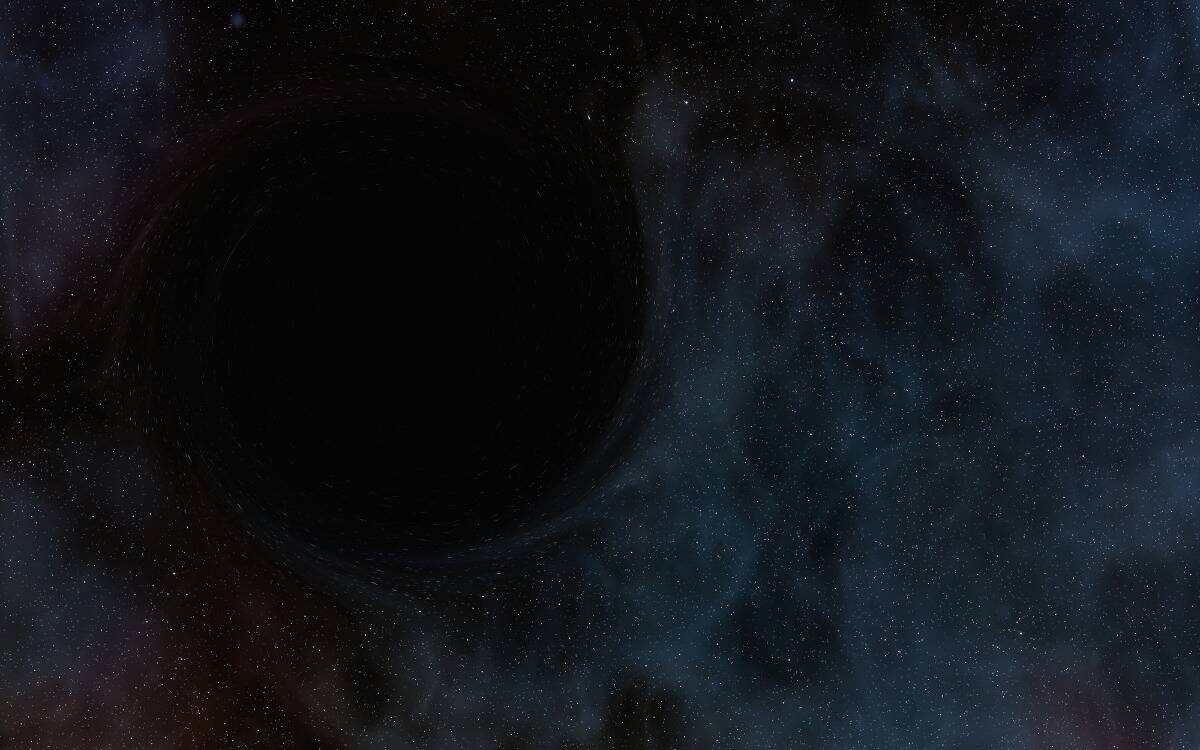
Individually bound structures, meaning galaxies like our very own, will eventually merge together under the pressure of this dark matter. Old stars will die off while new star formation will slowly stop. Planets will be thrown off kilter, either begin thrown into a nearby star or decaying on their own. Even black holes will shrivel up and fade in this Dark Energy era.
In the end, all that will remain will be black dwarf stars and other isolated masses of space matter too small to succumb to nuclear fusion. What we know of now as a bright and populated universe will sit empty while still growing larger every second. It will not be the death of the universe, just the death of everything in it.
None Of Our Concern
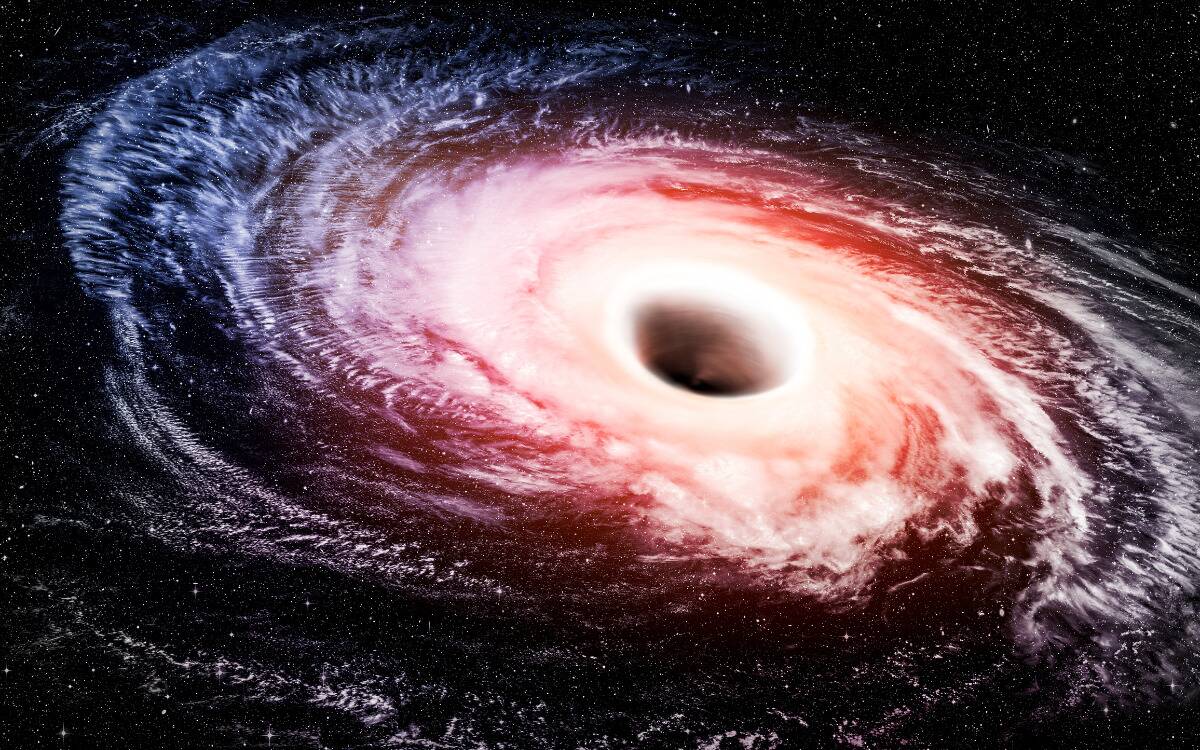
As grim as that sounds, it's really not anything that we, the people alive today, need to worry about. Like I said, we've been in the Dark Energy universe for over 6 billion years now. Dark energy has been the dominating form of matter in the universe for about as long as our Sun and solar system have been cooking, and we've made it this long without being launched into our own center star.
Our universe being engulfed by darkness will likely not happen in its entirety for billions and billions of years, far beyond our time.
Our Place In The Universe
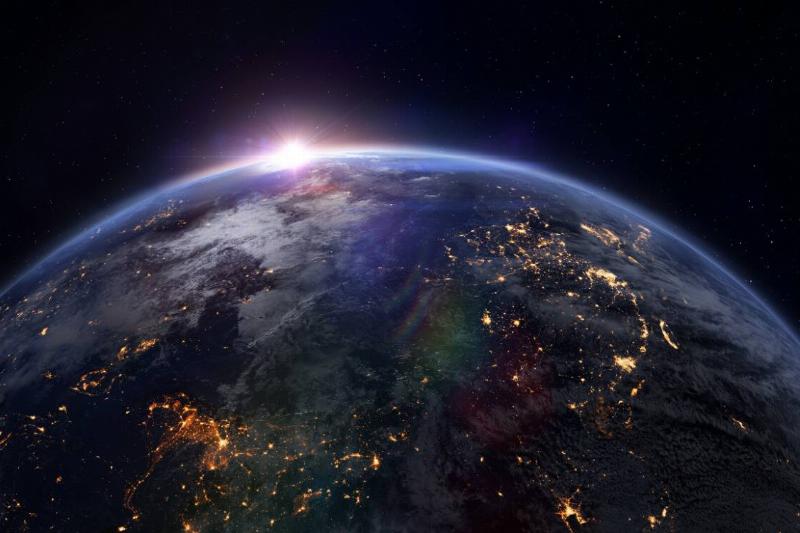
There's still a certain nostalgia to be felt, though. Our lives are so comparatively minuscule to that of the universe we live in, and knowing it will one day end, even if it happens long after us, is still sad.
It's a beautiful place. Space is full of millions of miracles, masterpieces, and wonders that we ought to celebrate every chance we get.
This reminder of our place in the universe is also humbling. Grounding, even. We are a spec of dust, a blip in the timeline of the stars we live underneath. Our issues, our woes, when we measure them up against the grandness of even our galaxy alone, they start to appear less and less significant, don't they?
Have you ever wished there was an easier way to unlock your path and purpose? A way to tap into universal wisdom, so you’d know exactly what it is you’re supposed to do?
Use this link to claim your free astrology reading to learn about your true potential and the (many!) astral energies that have been guiding you since the day you were born…





